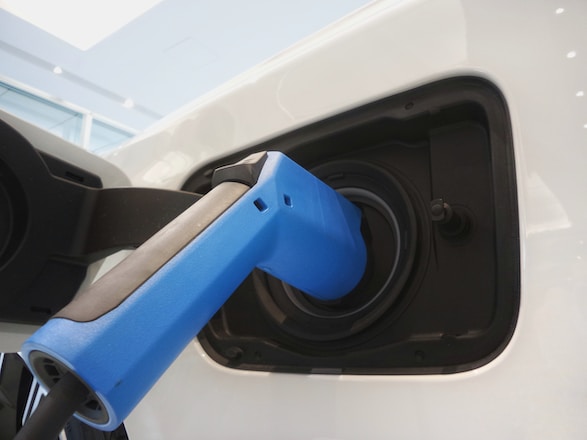With the increasing popularity of electric vehicles (EVs) the development of a robust and widespread charging infrastructure has become paramount. The rise of electric vehicle charging infrastructure is not only essential to support the growing number of EV owners but also plays a crucial role in accelerating the transition towards a sustainable transportation system. In this article we explore the significance of EV charging infrastructure its current state and the advancements shaping its future.
The Importance of Electric Vehicle Charging Infrastructure
A well-developed EV charging infrastructure is critical for the widespread adoption of electric vehicles. It addresses the primary concern of potential buyers: range anxiety. By providing convenient and accessible charging solutions EV charging infrastructure offers reassurance to drivers that they can charge their vehicles whenever and wherever needed just like refueling a conventional gasoline vehicle.
The Current State of EV Charging Infrastructure
The EV charging infrastructure has made significant progress in recent years. Governments private companies and utility providers have recognized the importance of supporting the transition to electric mobility and have invested in the deployment of charging stations. Today EV drivers have access to various types of charging options including:
1. Home Charging
Home charging is the most convenient and cost-effective way for EV owners to charge their vehicles. By installing a home charging station EV owners can conveniently plug in their vehicles overnight and wake up to a fully charged battery in the morning.
2. Public Charging Stations
Public charging stations are crucial for EV owners who need to charge their vehicles during long trips or while away from home. These stations are often located in public parking lots shopping centers and along highways. Public charging stations offer different charging speeds including Level 2 chargers (typically found in parking lots) and fast DC chargers (found along highways and major routes).
3. Workplace Charging
Workplace charging stations are becoming increasingly common providing EV owners with the opportunity to charge their vehicles while at work. This not only adds convenience for employees but also contributes to the overall expansion of the charging infrastructure.
4. Destination Charging
Destination charging refers to charging stations located at hotels restaurants and other destinations. These charging stations allow EV owners to charge their vehicles while enjoying their activities encouraging longer trips and tourism.
Advancements Shaping the Future of EV Charging Infrastructure
The future of EV charging infrastructure looks promising with several advancements and trends shaping its development:
1. Fast Charging Technology
One of the key advancements in EV charging infrastructure is the development of fast-charging technology. Fast chargers also known as DC fast chargers can significantly reduce charging times allowing EV owners to recharge their vehicles quickly often in less than 30 minutes. This technology enables long-distance travel and enhances the convenience of EV ownership.
2. High-Power Charging Stations
To meet the demands of future electric vehicles with larger battery capacities high-power charging stations are being developed. These stations can deliver higher charging speeds allowing EVs to charge even faster and further reducing charging times.
3. Network Expansion and Interoperability
The expansion of charging networks and the improvement of interoperability are crucial for seamless and convenient charging experiences. Efforts are being made to establish interoperable standards and networks that allow EV owners to use various charging stations without the need for multiple accounts or memberships.
4. Integration with Renewable Energy Sources
The integration of EV charging infrastructure with renewable energy sources is a key focus for a sustainable transportation system. By coupling EV charging with solar or wind energy the charging process becomes even greener and reduces reliance on fossil fuels.
The Role of Governments and Stakeholders
The development of a comprehensive EV charging infrastructure requires collaboration between governments utility companies automakers and other stakeholders. Governments play a vital role in providing incentives subsidies and regulations to encourage the installation of charging stations. Utility companies are essential in expanding the electrical grid capacity to support the increased demand for charging. Automakers can contribute by partnering with charging infrastructure providers and offering innovative charging solutions.
A Sustainable Future on the Horizon
As electric vehicles continue to gain popularity the rise of EV charging infrastructure is inevitable. Its growth and development are pivotal for overcoming range anxiety promoting widespread adoption and achieving a sustainable transportation system. With advancements in technology increased investment and collaborative efforts the future of EV charging infrastructure looks promising.

Hi, I’m Jodie! I’m a spain-Moroccan writer with a passion for imagination, adventures, magic and stories with heart.
Please don’t hesitate to contact me for any questions, suggestions, comments or feedback.

















Add comment